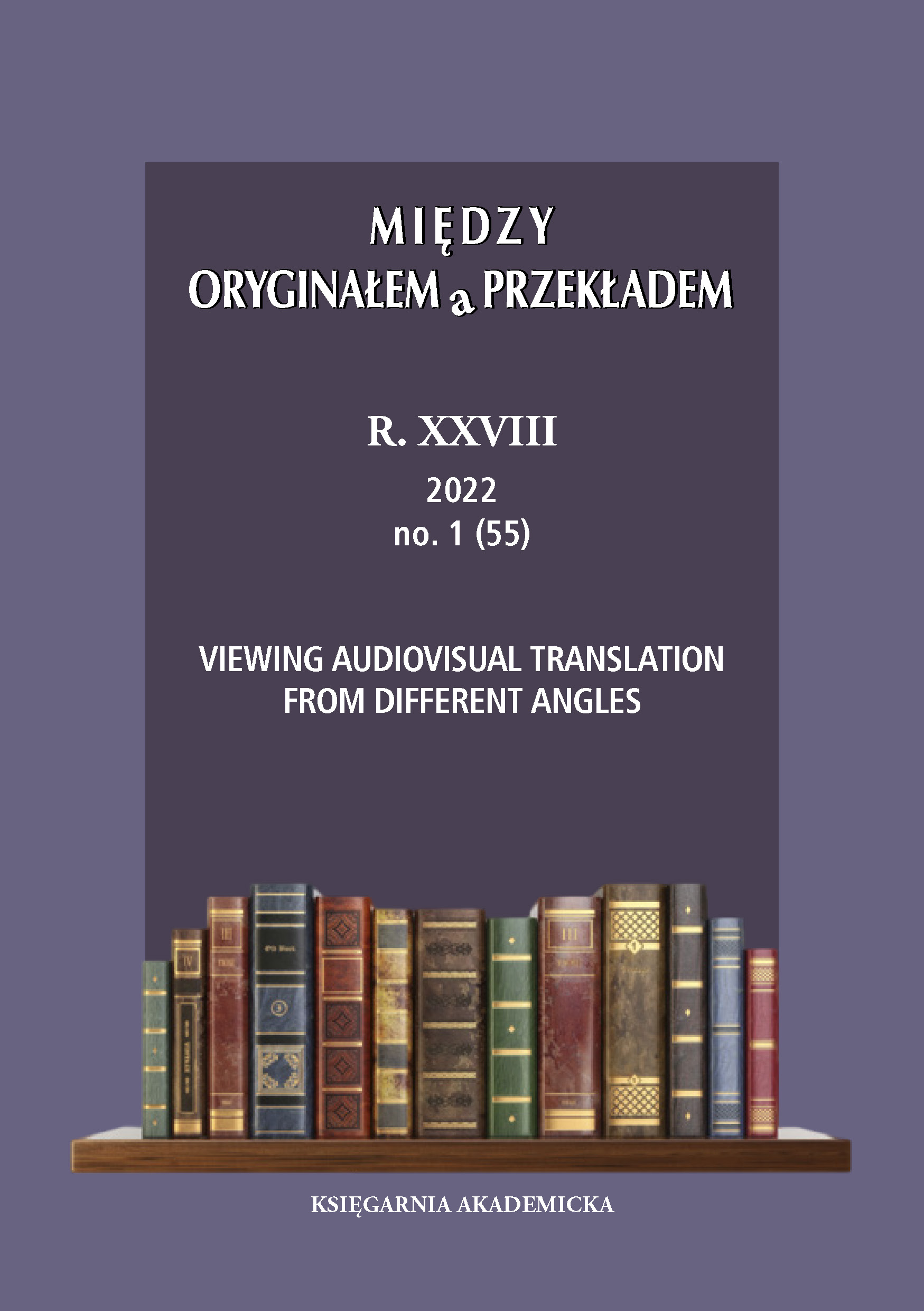Multilingualism, Music and Gendered Roles in Unorthodox
Multilingualism, Music and Gendered Roles in Unorthodox
Author(s): Montse Corrius, Eva EspasaSubject(s): Social Sciences, Gender Studies, Fine Arts / Performing Arts, Film / Cinema / Cinematography
Published by: KSIĘGARNIA AKADEMICKA Sp. z o.o.
Keywords: multilingualism; third language (L3); gender; songs; audiovisual translation; Unorthodox
Summary/Abstract: Through a multidisciplinary approach that combines translation studies and gender studies, this paper analyzes multilingualism in the series Unorthodox (Netflix 2020). We examine the presence and functions of identities and gendered roles in the series. Unorthodox tells the story of Esther Saphiro (Esty), a young Jewish woman who flees from her country and leaves her ultra-Orthodox community, with very strict rules and traditional gender roles. We explore the connections between the gendered roles of the main characters, their cultural or social contexts, and, especially, the role of third languages in the series (Yiddish, German, Russian, and Hebrew). As it is a German-American production, we consider English as its main language (L1) because the story is directed to mainstream Western audiences. The role of third languages (L3) is very relevant in depicting the intercultural encounters in the series. Yiddish is the most prominent L3 followed by German and a little Russian and Hebrew. The most recurrent functions of L3-instances are signaling otherness and character portrayal, where Yiddish and German are used. Hebrew is used for ceremonies, prayers and songs, and it portrays Jewish characters in their traditional contexts. We pay special attention to songs, as rich L3 instances, where there is interaction of L3 function, gender significance, translation strategies, and narrative roles. The translation of songs shows the relative importance of conveying the word or the music. Finally, the identification of third languages is not marked in the subtitling of either songs or dialogues; therefore, language diversity can be hindered for audiences not discriminating between the various languages.
Journal: Między Oryginałem a Przekładem
- Issue Year: 2022
- Issue No: 55
- Page Range: 31-53
- Page Count: 23
- Language: English

